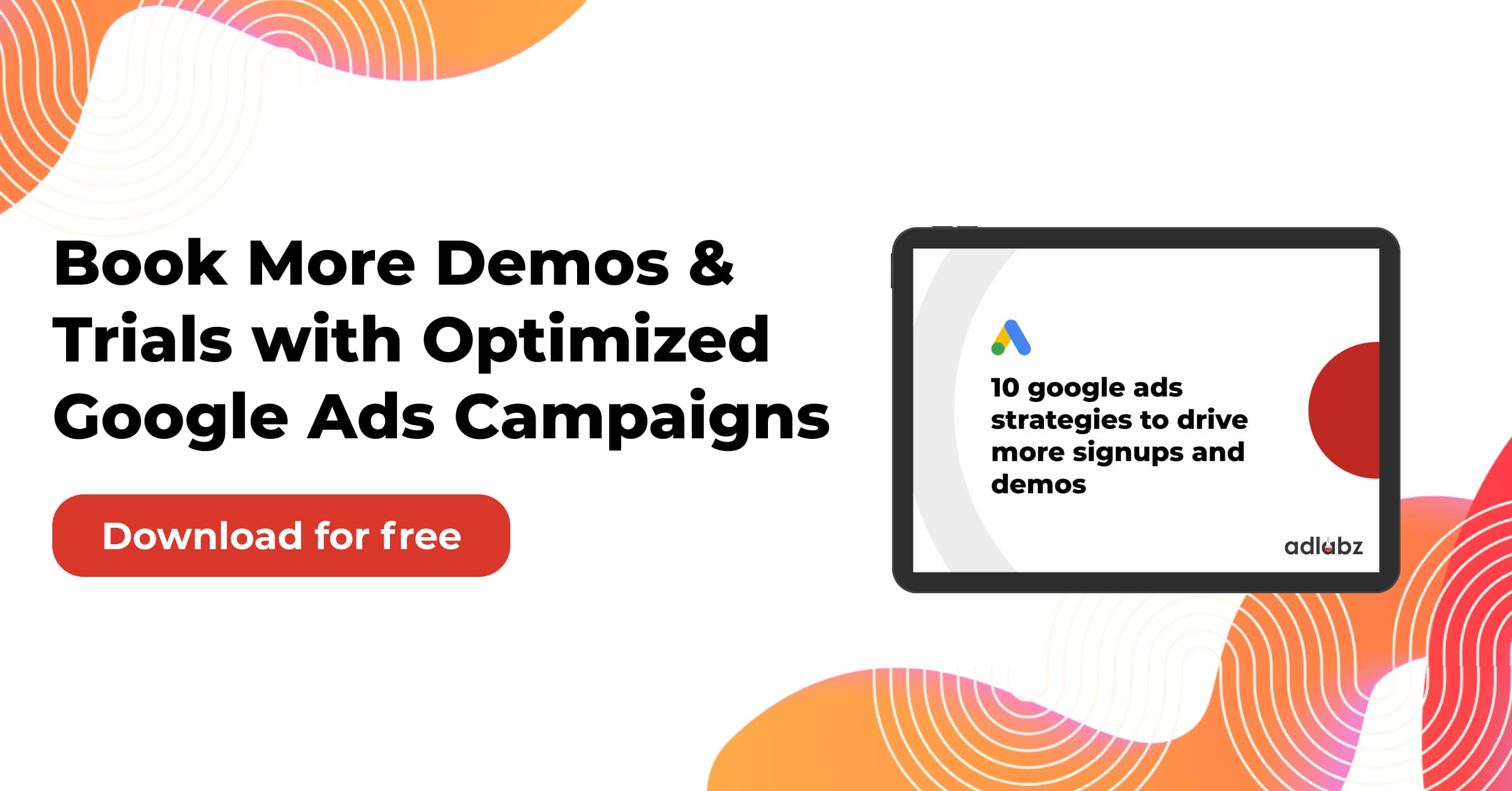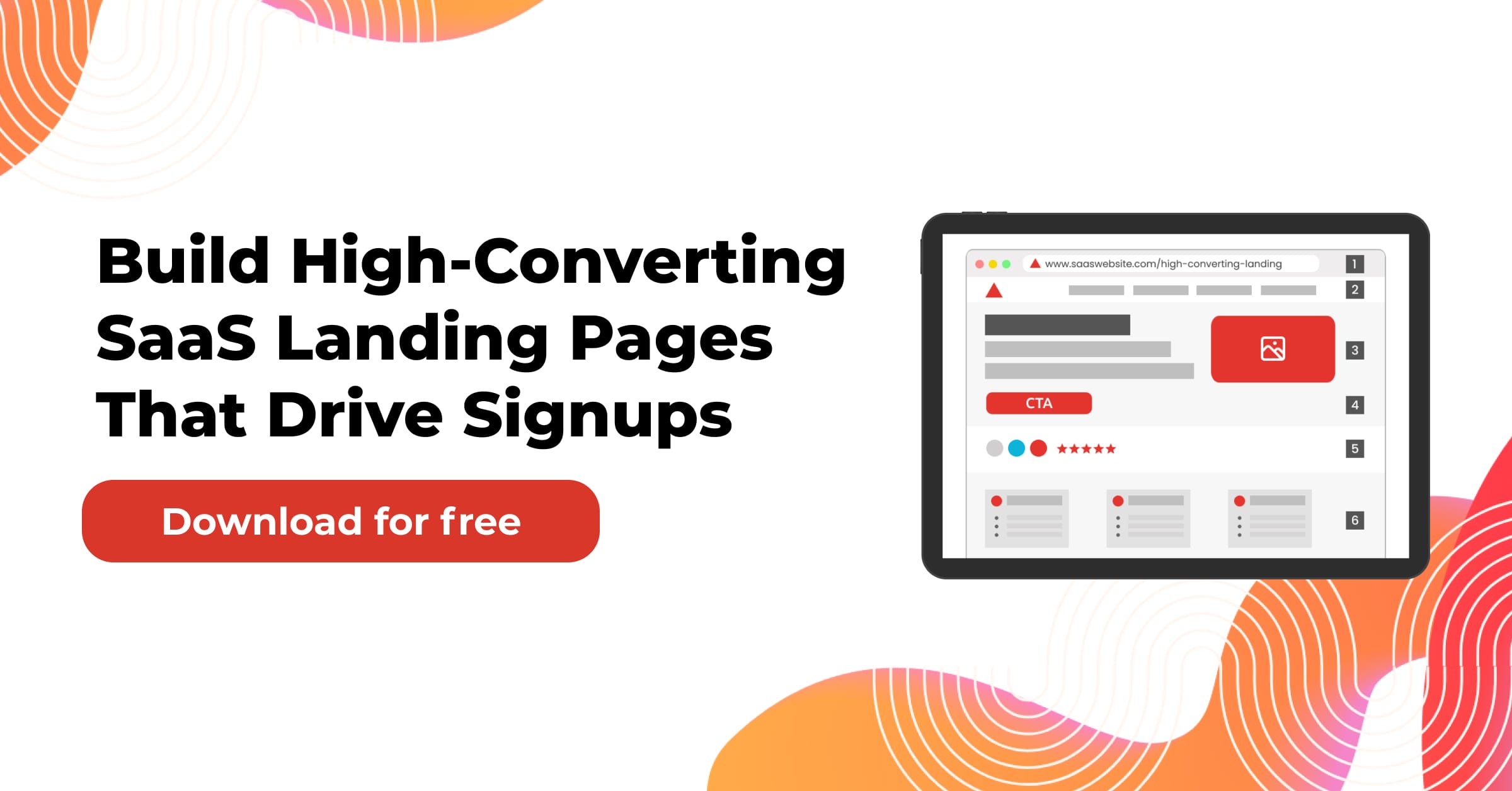LinkedIn is one of the most valuable platforms to reach decision-makers and industry professionals in the B2B SaaS space. But when it comes to maximizing the power of LinkedIn Ads, knowing how their algorithm works is key. In this article, we will realize how LinkedIn Ads can revolutionize your B2B SaaS promotion campaigns and what information becomes imperative to keep your campaigns optimized.
Related Article: https://www.adlabz.co/strategies-for-saas-product-marketing-in-2025
Table of Contents
LinkedIn Ads: An Overview
With 900 million members, LinkedIn is the only professional network that offers distinct access to business decision makers. Unlike other social platforms, LinkedIn’s concentration on professional networks means your ads are shown to people who are in your industry.
This is really with the power of LinkedIn, for B2B SaaS marketers — it affords more precise targeting of audiences. With so many users, marketers can target based on job title, industries, company size, skills, all of which makes sure that their ads are served to the professionals who need the SaaS solutions the most. Additionally, because LinkedIn’s user base is comprised of professionals, those leads tend to be high quality, converting at a greater rate than users through other social networks. LinkedIn Ads that they are sharing thought leadership content and product updates also help build a SaaS product’s credibility and authority in the respective market.
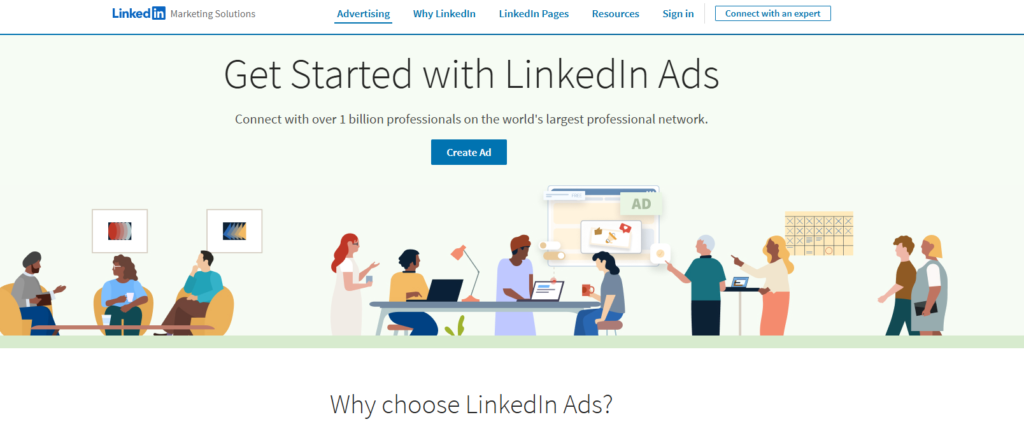
But to take true advantage of LinkedIn’s potential, a profound knowledge of the LinkedIn Ads algorithm is crucial. This knowledge guarantees that you will achieve top visibility and effectiveness in your campaigns.
Simplifying the LinkedIn Ads Algorithm 2025
Success in LinkedIn Ads for B2B SaaS marketing comes with a proper understanding of its algorithm. Under the hood of LinkedIn Ads, the algorithm works behind the scenes to decide what ads to show users and optimizes performance for advertisers.
One of the important components of the algorithm is the relevance score, which determines how relevant the ad is to the target audience along with their interests and behaviors. For relevance score, you need to incorporate a number of engagement factors including click through rates, likes, shares, and comments, to name a few. This makes it more likely that ads that do well on these axes will both reach a wider audience and deliver lower costs per click. Your past campaigns’ historical performance also plays a big part in this score, reinforcing those marketers who reliably provide quality content.
And an additional focus areas is the bid strategy, which determines the placement of an ad. LinkedIn Ads uses an auction-based system in which advertisers bid against each other for ad space. While higher bids can improve the chances that your ad will be shown, overbidding without a clear approach will cost money without benefit. At the same time, this visibility should not come at the expense of further costs and push your ROI down.
The algorithm also pays a lot of attention to audience targeting. Business which makes it possible for you to target your audience tend to be more successful. But broad targeting can water down a campaign’s effectiveness while too narrow targeting can hurt reach. It is critical to strike the right balance to help with shaping meaningful engagement.
Finally, the engagement signals including clicks, shares, and comments also help the algorithm. The ads that consistently generate positive engagement are rewarded with increased visibility. Ad formats and content types are also a factor. Audience preferences will also play a key role as carousel ads are well-suited for telling stories and video ads are good for showcasing product capabilities and thus are favored formats.
LinkedIn Ad Formats for B2B SaaS Marketing
LinkedIn provides different ad formats, each having a specific benefit for B2B SaaS marketers:
- Sponsored Content
Dialogue-based adsVisible in the LinkedIn feed — This is perfect for promoting a blog post, case study, or product update. They’re great for traffic generation and prospect engagement.
- Text Ads
Text ads are low-cost ads shown on the sidebar to increase brand visibility. These are great for all top-of-funnel activities.
- Dynamic Ads
Dynamic ads use the viewer’s profile information (like their photo or company name) to personalize the ad experience. They’re great for boosting eyeballs and engagement.
- Message Ads
Formerly Sponsored InMail, these ads send tailored messages directly into users’ LinkedIn message inboxes. They’re fantastic for events promotion or exclusive content.
- Video Ads
Video ads allow you to show your SaaS product in action; it makes them suitable for mid- and bottom-funnel activities.
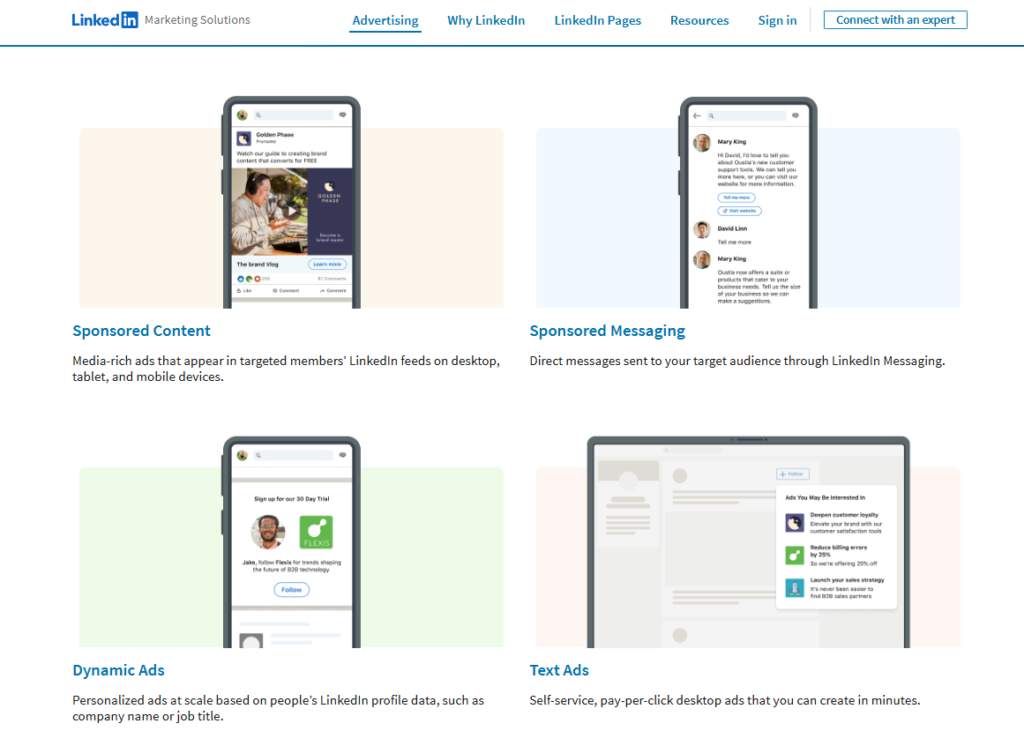
Measuring Success: Key Metrics for LinkedIn Ads in B2B SaaS Marketing
Here are the key metrics you should track to measure your LinkedIn Ads performance:
- Click-Through Rate (CTR)
A high CTR means that your ad resonates with your audience. Striving for a CTR> 0.5%, which is the average CTR on LinkedIn.
- Cost Per Lead (CPL)
You should keep track of your CPL to make sure that your campaigns are economically viable. For B2B SaaS CPLs, $50-$200 is an acceptable range depending on the audience you’re targeting.
- Conversion Rate
Monitor how many leads pass through to become paying customers. This metric allows you to evaluate Yelp lead quality.
- Engagement Metrics
A lot of likes, shares and comments tell you what your audience thinks about your ads.
- Return on Ad Spend (ROAS)
Once you know your total torque revenue derived from your LinkedIn Ads, you can compute your overall ROI.
Is it Quality Content?
Creating compelling and informative content is vital to the success of a LinkedIn Ads campaign. Its not just about the look of the content but also the use of it to the audience. B2B SaaS marketers should focus on content that educates, informs, and solves pain points for the audience.
Make sure to know what are the challenges your audience is going through and find a way to address these pain points in your messaging. Avoid jargon, and focus on your unique SaaS product’s value proposition. If your SaaS offering simplifies the management of workflows, your content should focus on saving time, minimizing errors, and increasing efficiency.
Visuals are as essential as well. Quality graphics, professional designs, and informative video content greatly contribute to increasing the credibility of your ads. Your visuals must align with your message so the synergy is cohesive and powerful. Last but not least, be sure to include a compelling call-to-action (CTA) to compel users to take the next step in the process, whether sign up for a demo, download a whitepaper, or reach out to your sales team.
Who’s Engaging?
Always keep in mind that knowing your audience is key to strengthening your LinkedIn Ads strategy. LinkedIn analytics will show you what you need to know about who interacts with your ads. These tools enable you to examine fundamental demographics like the job titles, industries, and locations of your engaged audience.
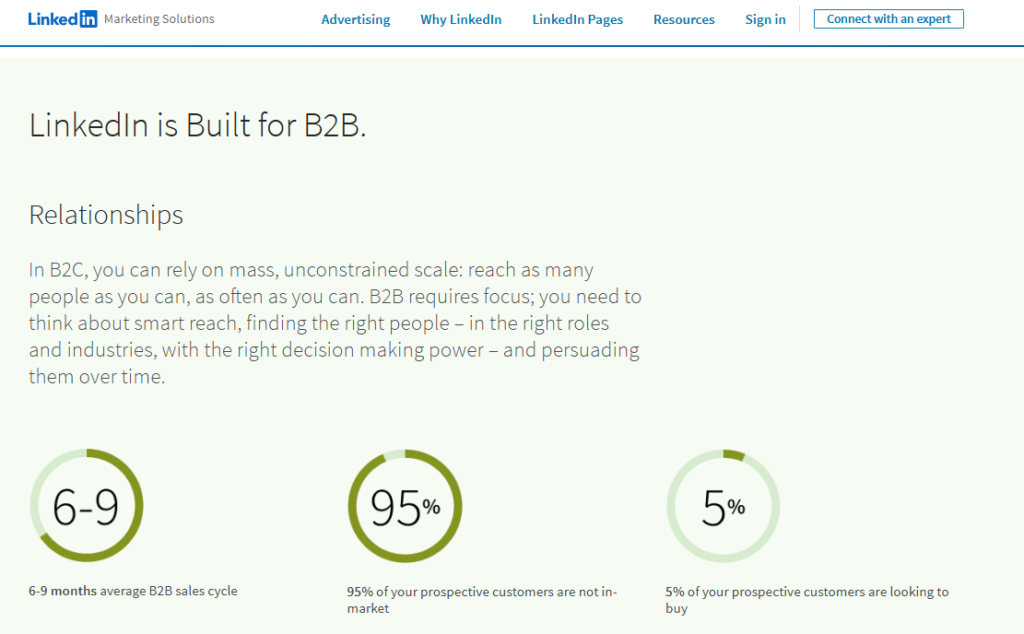
This information is a goldmine for B2B SaaS marketers. For example, if you see that your ads are performing better with mid-level managers than C-suite executives, you may want to tailor your messaging to appeal to decision-makers. In the same manner, recognising a more engaged industry or area can allow you to focus your targeting efforts.
Patterns of engagement also show what kinds of content do comparatively well. If your audience engages a lot with educational content, then you can write more whitepapers, case studies or explainer videos. If promotional content performs better, focus more on showcasing the unique features and benefits of your SaaS product. This leads to a continuous improvement process for your campaigns, making them more relevant and cost-effective over time.
Common Issues B2B SaaS Companies Have with LinkedIn Ads
While LinkedIn Ads has many benefits, it also poses unique challenges for B2B SaaS businesses. One of the main issues is that it is very expensive to run campaigns. Running LinkedIn Ads can often burn much of a budget that a startup or smaller SaaS company would find intimidating. For this reason, marketers must begin by identifying high-value accounts and optimizing campaigns for conversions instead of impressions.
Another common problem is the platform’s restricted organic outreach. Unlike Facebook or Twitter, the algorithm of LinkedIn is biased toward the paid content significantly. This makes it hard for organic posts to get momentum. As a response to that, companies have to find a strategy that gives equal importance to paid promotions as well as continuous organic posts to keep appearing in their social feeds and be across those eyeballs.
One struggle marketers face is ad fatigue. When users see the same ad creatives over and over again, engagement is likely to fall. Marketers can fight ad fatigue by continually updating the creatives and trying out new formats and messaging. Finally, LinkedIn’s extensive targeting options can be a double-edged sword — powerful, but occasionally a bit convoluted. There’s the risk of “over-segmentation” resulting in small audiences with little reach, so it’s important to find a balance when framing target groups.
How to Navigate the LinkedIn Ads Algorithm in 2025
This means that the LinkedIn Ads algorithm is always changing, and you need to be ahead of the curve. This enabled one of the biggest leaps forward in 2025 of AI-based tools that fine-tune targeting and predict performance. Databases such as these are then analyzed to suggest the best approaches to marketers for saving time and resources.
Video remains one of the most powerful ad formats that engage users. Displaying Top-notch video production is Necessary for B2B SaaS Companies in 2025. Video that showcases your product in action or shares customer success stories can improve engagement and conversion by a long shot.
In 2025, LinkedIn’s integration with account-based marketing (ABM) platforms has also expanded. With ABM, marketers are able to develop and execute customized campaigns targeting specific accounts, which significantly boosts the chances of conversion. Aligning your LinkedIn Ads strategy with ABM tools allows for much more targeted campaigns — leading to increased ROI.
Another critical practice is continuous testing. For this, you need to constantly test different ad formats, messages, and targeting options to keep your campaigns compelling. You can do this by keeping an eye on emerging trends and adjusting your strategy accordingly to stay one step ahead of the competition.
Conclusion
B2B SaaS marketing opportunities with LinkedIn Ads are second to none, but are only effective when done strategically and intelligently. By creating high quality content, knowing how to engage your audience and overcoming common challenges, you can really leverage LinkedIn’s platform. This will keep your campaign relevant in a rapidly evolving digital space, as data on new features and AI-driven tools is available until the end of October 2023.
And the B2B SaaS marketers that want to connect with decision-makers and drive business will utilize LinkedIn Ads because the platform continues to evolve. Take the first step towards transforming your LinkedIn Ads campaign and achieving B2B SaaS success!
You might also be interested:


